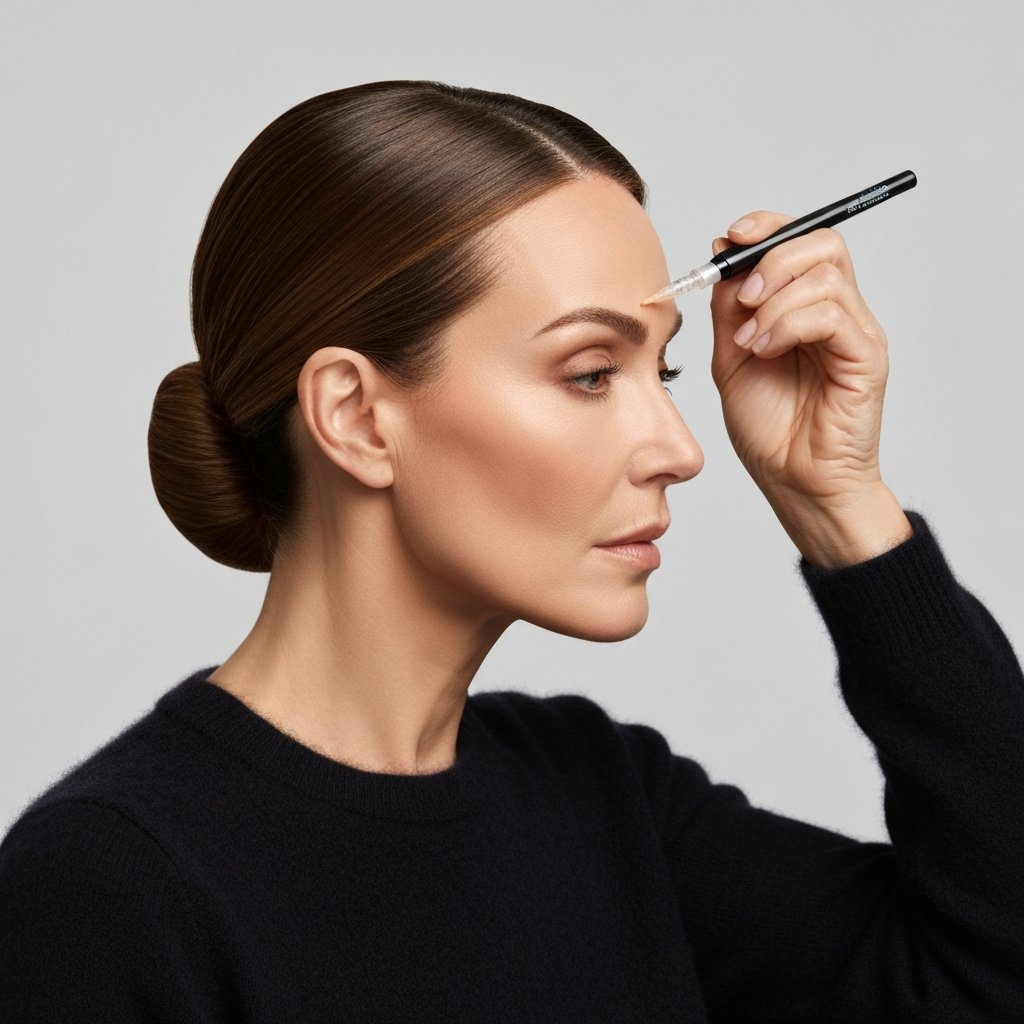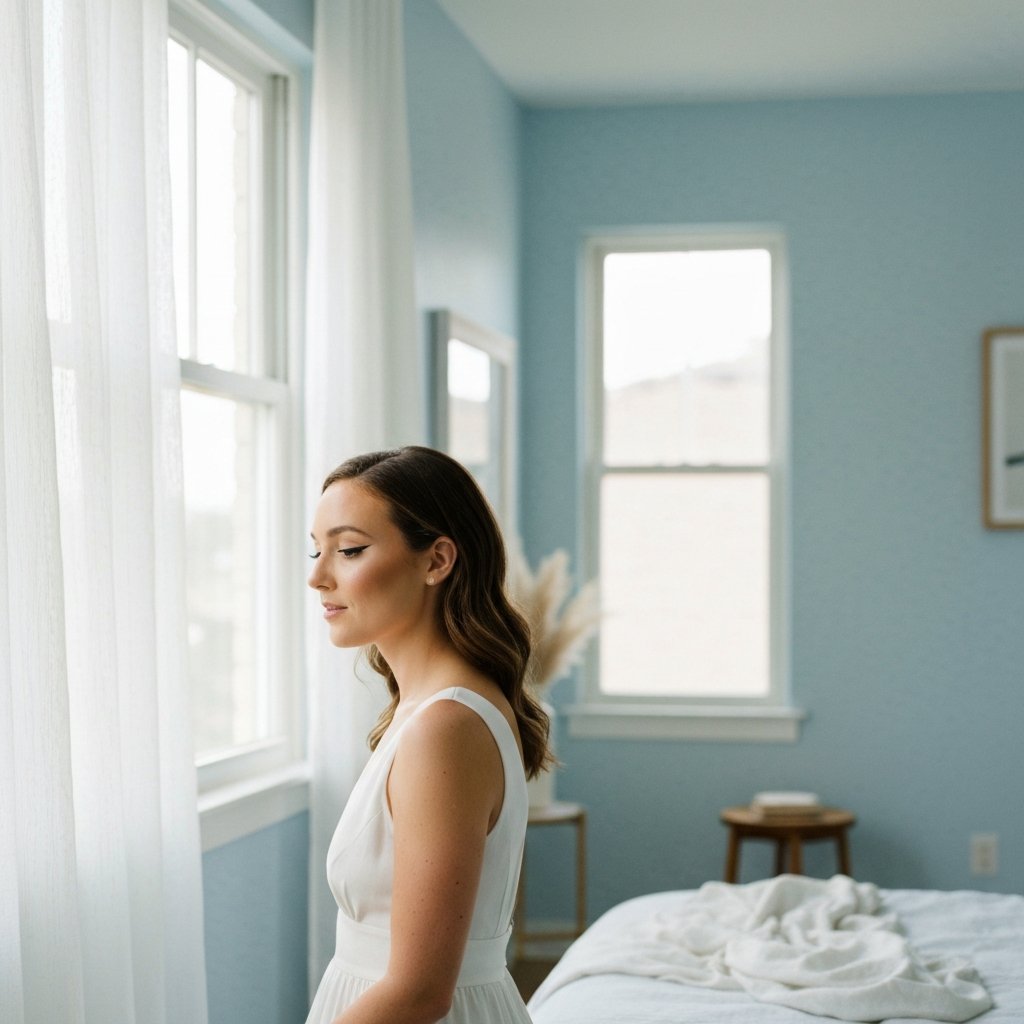We have all been there. You wake up on the morning of the third day after a blowout or a wash day, look in the mirror, and face the ultimate dilemma: to wash or not to wash? Day 3 hair is often the tipping point. It is the stage where your roots might be showing signs of oiliness, your ends feel a bit dry or crunchy, and the volume that made you feel like a superstar on Day 1 has deflated into something lackluster. However, washing your hair every day or even every other day can strip natural oils, lead to color fading, and cause unnecessary heat damage from constant restyling.
Learning how to refresh Day 3 hair is not just a time-saver; it is a crucial skill for maintaining hair health. By extending the life of your style, you reduce mechanical stress on the hair shaft and allow your scalp's microbiome to balance itself. Whether you are rocking pin-straight locks, beachy waves, bouncing curls, or tight coils, there is a strategy to bring your hair back to life without stepping into the shower. In this comprehensive guide, we will explore the specific techniques, products, and tools required to master the art of the mid-week refresh.
The Anatomy of Day 3 Hair: Understanding the Challenge
Before diving into the solutions, it is essential to understand what is happening biologically and structurally to your hair by the third day. At this stage, your scalp has produced a significant amount of sebum. For those with straight or fine hair, this sebum travels down the hair shaft quickly, causing greasiness and flatness. For those with curly or coily hair, the sebum often gets stuck at the root due to the twists and turns of the hair strand, leaving the roots oily but the ends parched and frizzy.

Furthermore, product buildup from Day 1 and Day 2 is now a factor. Hairspray, leave-in conditioners, and environmental pollutants have settled on the cuticle. Refreshing is not just about adding more product; it is often about reactivating what is already there or neutralizing the negatives (like oil and odors) while boosting the positives (like moisture and volume). Professional stylists emphasize that the goal of a Day 3 refresh is balance—restoring equilibrium between the scalp and the ends.
Universal Essentials: The Foundation of a Good Refresh
Regardless of your hair type, there are a few universal tools and techniques that form the backbone of any successful refresh routine. Mastering these basics will set the stage for the texture-specific fixes that follow.
The Art of Dry Shampoo Application
Most people use dry shampoo incorrectly. They spray it on the top layer of their hair, rub it in immediately, and wonder why they still look greasy. To effectively refresh Day 3 hair, you must apply dry shampoo to the roots in sections. Lift the hair and spray the product about 8 to 10 inches away from the scalp. The most critical step is
waiting. Let the powder sit for at least two minutes to absorb the oil physically. Once the time is up, massage it vigorously into the scalp with your fingertips or brush it through with a boar bristle brush to distribute the product and remove the excess white cast.
The Magic of Water and Steam
Water is a hydrogen bond reset button. When hair dries, hydrogen bonds form to hold the shape. Over three days, humidity, sleep friction, and gravity break or deform these bonds. A fine mist spray bottle—specifically a continuous mist bottle—is a non-negotiable tool. It allows you to dampen the hair slightly without soaking it, which is often enough to reset a cowlick or redefine a curl pattern without starting from scratch.
Strategy for Straight and Fine Hair: Volume and Grease Control
Fine and straight hair types face the biggest challenge with oil visibility. By Day 3, the hair often clings to the head, highlighting any separation caused by grease. The goal here is to absorb oil and inject volume at the root.
The Velcro Roller Trick
After applying your dry shampoo and brushing it through, your mid-lengths might still look limp. A quick fix used in editorial styling is the Velcro roller reset. Lightly mist the crown area with a texturizing spray (not hairspray, which can be sticky). Roll the top sections of your hair into large Velcro rollers. Blast them with a blow dryer on medium heat for 30 seconds, then let them cool while you do your makeup or drink your coffee. Removing the rollers reveals lifted roots and a soft bend that mimics a fresh blowout.
The Round Brush Polish
If your ends are looking stringy, you do not need to re-wash. dampen just the ends with a water spray or a lightweight heat protectant. Use a round brush and a blow dryer to smooth out the bottom two inches of your hair. This "spot treatment" takes less than three minutes but makes the entire hairstyle look intentional and polished. Avoid adding heavy oils or serums to fine Day 3 hair, as this will only accelerate the need for a wash.
Reviving Wavy Hair (Type 2): Redefining the S-Pattern
Wavy hair is prone to losing its shape and becoming a frizzy halo by the third day. The waves often stretch out, looking neither straight nor curly. The objective is to encourage the S-pattern to bounce back without creating crunchiness.
The Emulsified Refresh
Avoid spraying product directly onto Day 3 waves, which can create hot spots of product buildup. Instead, take a pea-sized amount of lightweight styling cream or foam and emulsify it in your wet hands until it turns white. With your hands coated, use the "praying hands" method to glide over the frizz, then switch to a scrunching motion. The water in your hands reactivates the product already in your hair, while the new product adds a soft hold.
Sea Salt and Diffusing
If your waves have gone completely flat, a sea salt or sugar spray is your best friend. Spritz the lengths of your hair and tilt your head upside down. Use a diffuser on a low speed and low heat setting. Cup the hair into the diffuser bowl and hold for 10-15 seconds per section. The gentle heat sets the wave pattern, and the salt spray adds that gritty, lived-in texture that makes Day 3 hair look effortlessly chic rather than messy.
Resuscitating Curly Hair (Type 3): Hydration and Definition
For curly hair, Day 3 is usually less about oil and more about dryness and undefined frizz. The curls may have become flattened from sleeping or expanded into an undefined cloud. Moisture is the key to this refresh.
The Steam Refresh Method
One of the most effective ways to refresh curls without touching them too much (which causes frizz) is steam. If you do not have a facial steamer or a handheld clothes steamer (used carefully at a distance), the bathroom shower steam works wonders. Let your hair absorb the ambient moisture for 10 minutes. This moisture penetrates the hair shaft, causing the curl to shrink back to its natural pattern. Follow this by sealing the moisture with a very light coat of oil or serum.
Spot Treating and Finger Coiling
Identify the curls that have lost their shape—usually the ones around the face or the crown. Isolate these rogue curls, mist them with water mixed with a leave-in conditioner, and twirl them around your finger to reshape the spiral. Allow them to air dry or zap them briefly with a diffuser. This targeted approach saves time and prevents you from overloading the rest of your hair with unnecessary product.
Maintenance for Coily and Textured Hair (Type 4): Moisture and Edges
Type 4 hair is the most fragile and prone to dryness. By Day 3, the primary focus must be re-moisturizing to prevent breakage. The structural twists of coily hair prevent scalp oils from traveling down the shaft, so the ends are likely thirsty.
The LOC/LCO Method Adjustment
While you likely did a full LOC (Liquid, Oil, Cream) method on wash day, Day 3 requires a "lite" version. Use a water-based spray or aloe vera juice to lightly mist the hair. Follow up with a light oil like jojoba or argan oil to seal in that hydration. Avoid heavy butters at this stage if you plan to stretch the hair to Day 5 or 6, as they can cause significant buildup that leads to an itchy scalp.
Laying the Edges and Protective Styling
Sometimes, the texture of the hair is fine, but the perimeter looks frizzy. Refreshing your edges can make the whole style look new. Use a small edge brush and a non-flaking edge control gel to smooth the baby hairs. If the puff or afro is losing its shape, transition into a high puff or a half-up, half-down style. These styles protect the ends while showcasing the volume that Day 3 hair naturally provides.
Essential Tools for the Refresh Arsenal
Having the right tools makes the difference between a failed experiment and a salon-quality refresh. Here is what every home stylist needs:
- Boar Bristle Brush: Essential for moving scalp oils down the hair shaft for natural conditioning.
- Continuous Mist Bottle: Delivers a fine, aerosol-like mist of water without soaking the hair.
- Silk or Satin Scrunchies: Prevent dents and creases when putting hair up during a refresh.
- Root Clips: vital for lifting flat roots while hair air-dries after a misting.
- Microfiber Towel: For scrunching out excess product without causing friction-induced frizz.
Expert Tips to Ensure Day 4 is an Option
How you treat your hair on Day 3 determines if you can make it to Day 4 or 5.
- Nighttime Protection: Never skip the satin bonnet or silk pillowcase. Friction is the enemy of refreshed hair.
- Hands Off: Once you have refreshed your style, stop touching it. The oils from your fingers will degrade the style faster than anything else.
- Check Your Scalp: If your scalp is itchy or irritated, it is time to wash, regardless of how good the hair looks. Scalp health always prioritizes hair aesthetics.
Frequently Asked Questions
Q: Can I use baby powder instead of dry shampoo?
A: While baby powder can absorb oil, it is not formulated for hair. It is heavier, can clog follicles, and often leaves a distinct white cast that is hard to remove. Professional dry shampoos often contain ingredients to neutralize odor and add volume, which baby powder does not do.
Q: My ends are dry, but my roots are oily. What should I do?
A: This is classic combination hair. Treat the scalp with dry shampoo and the mid-lengths to ends with a lightweight hair oil or hydrating mist. Never apply the oil above the ear line, and never apply the dry shampoo to the ends.
Q: Does refreshing with heat damage my hair?
A: It can if done excessively. Always use a heat protectant spray before using a blow dryer or hot tool on dry hair. Keep the temperature lower than you would on wash day—your hair is already dry and more susceptible to thermal damage.
Q: How do I get rid of the "smell" of unwashed hair?
A: Many dry shampoos contain fragrances to mask odors. Alternatively, hair perfumes are available that contain lower alcohol content than regular perfumes (which dry out hair). A cool shot from a blow dryer can also help air out the scalp.
Q: Can I refresh hair that has a lot of hairspray in it?
A: Brush through the hair gently to break up the hairspray cast before adding water or new product. If you add water directly to hairspray-laden hair, it can become sticky and unmanageable.
Q: Why does my hair feel itchy on Day 3?
A: Itchiness is usually caused by product buildup or a dry scalp. If it is mild, a soothing scalp serum with tea tree or peppermint oil can help. If it is persistent, it is a sign that your scalp needs a proper cleanse.
Conclusion
Refreshing Day 3 hair is an art form that combines knowledge of your specific hair texture with the right application of products. It allows you to reclaim your mornings, reduce heat damage, and extend the life of your professional color and cut. Whether you are reaching for the dry shampoo to combat an oily root or steaming your curls to bring back the bounce, the key is to listen to what your hair needs. With these quick fixes in your beauty arsenal, Day 3 might just become your favorite hair day of the week.














